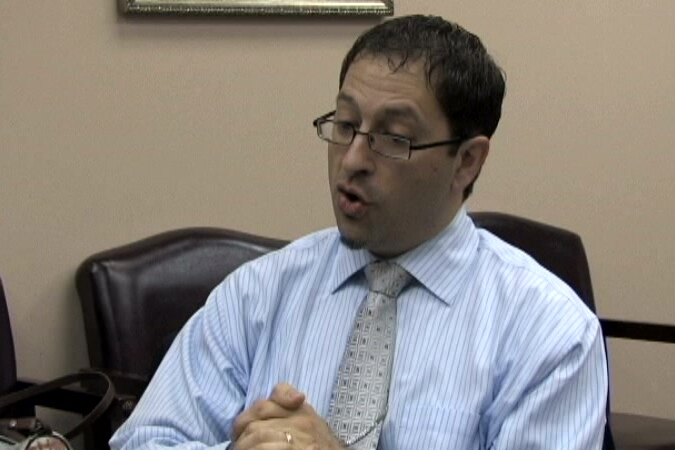Capital Project Validation
Deciding to replace an asset does not fully address the question of how it should be done. Because capital projects can be such a significant expense for a utility, it is critical that the projects be validated to make sure the project is necessary, all potential alternatives are considered and the best alternative is selected. To address these concerns, a business case evaluation should be performed that includes the following type of information:
- Project Description
- Need for Project
- Benefits as a Result of the Project
- Risk of Not Doing Project
- Current Asset Condition
- Estimated Useful Life of the Existing Asset
- Estimated Useful Life of the New Asset
- Probability and Consequence of Failure
- Current O&M
- Capital Cost of Proposed Project
- O&M of Proposed Project
- Options for O&M to forestall the capital project
- Alternatives to Proposed Project, including Non-Asset Alternatives
We're able to document a long-term
savings of over $10 million.
--Kevin Campanella, Columbus, OH
|
LC-22

|
Many of the items are self-explanatory. The remaining items are explained below. One of the items on the business case evaluation is the options for using O&M to forestall a capital project. In some cases, there may be opportunities for O&M interventions that can keep the asset in service for some additional time period to delay the capital project. These options, as well as the cost of the option and the number of years gained in useful life, need to be documented.
No matter what the proposed project, there are almost always alternatives. There may be alternatives with different combinations of capital and O&M costs that can be compared to determine whether a project with higher capital cost and lower O&M cost is more advantageous than a project with lower capital and higher O&M cost. There may be alternatives more closely match community values or alternatives that are more comfortable for the current operators. It is absolutely critical that a thorough analysis of all the alternatives be completed and that the analysis is done objectively. All reasonable alternatives should be clearly presented, along with cost information.
A specific type of alternative that should be included, when feasible, is a non-asset solution. Non-asset solutions are alternatives that address a need without actually installing assets. For example, consider a utility that maintains a fleet of vehicles and has a vehicle maintenance yard that is in disrepair and needs rehabilitation or replacement. Perhaps it will cost $500,000 to do the maintenance yard repairs, but it turns out that the utility needs its vehicles infrequently. Instead of rehabilitating the maintenance facility, it may be possible to enter into a sharing arrangement with a neighboring utility and pay for the use of vehicles on an as-needed basis. This type of solution may cost more on a per-mile basis than owning the vehicles outright, but since they are not needed constantly and the maintenance yard would no longer be needed, the overall cost of operation might be much lower.






